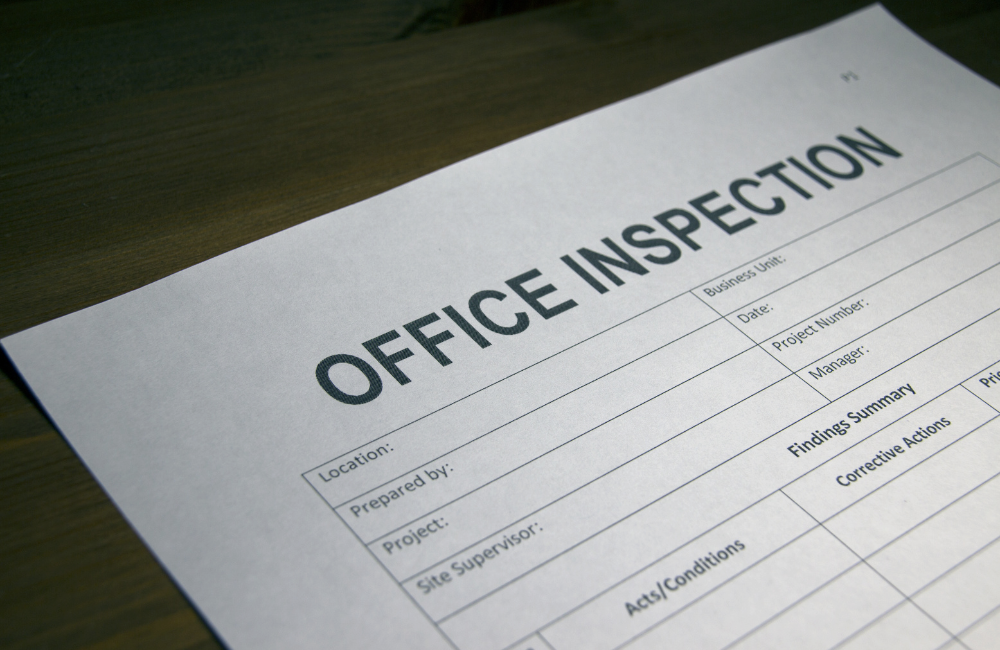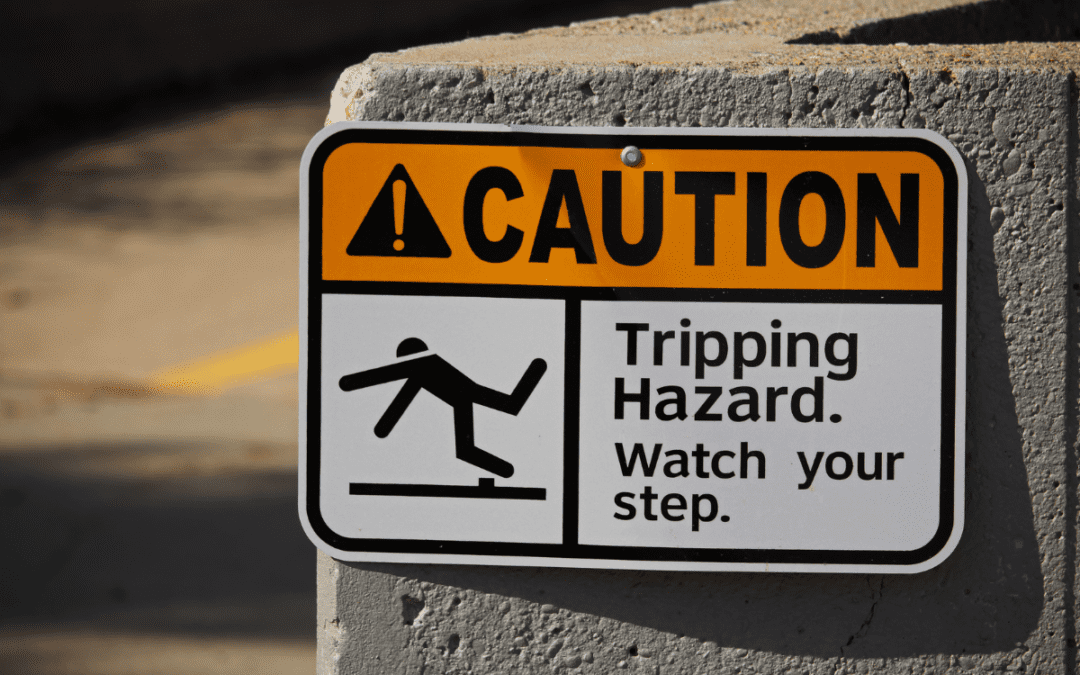Workplace safety is paramount to both employers and employees. Understanding common workplace injuries and implementing effective preventative strategies is crucial for creating a safe working environment. In this comprehensive guide, we will delve into various aspects of workplace injuries, negligence, prevention, and legal considerations.
Employers are required to comply with workplace safety regulations established by organizations such as the Occupational Safety and Health Administration (OSHA) in the United States. Failure to adhere to these regulations can result in legal consequences, fines, and potential closure of the business. Employees who have been injured due to employer negligence have the right to seek compensation for medical expenses, lost wages, and pain and suffering.
Common Workplace Injuries
Workplace injuries can vary widely in nature and severity. To address these effectively, it’s essential to first understand the most prevalent types. Here are the 5 most common workplace injuries:
Slips, Trips, and Falls
Slips, trips, and falls are among the most common workplace injuries. These incidents can occur in any setting, from office spaces to industrial sites. Factors such as wet floors, uneven surfaces, and inadequate signage contribute to these accidents. To prevent them, employers should ensure proper floor maintenance, clear walkways, and provide anti-slip flooring where necessary.
Strains and Sprains
Strains and sprains often result from overexertion or improper lifting techniques. Employees should receive training on lifting safely, and workplaces should provide ergonomic equipment and guidelines. Regular breaks can also alleviate the risk of repetitive strain injuries.
Repetitive Motion Injuries
Repetitive motion injuries, such as carpal tunnel syndrome, stem from performing the same movements repeatedly. Employers can prevent these injuries by offering ergonomic workstations, encouraging posture awareness, and implementing rotation schedules to reduce prolonged exposure to repetitive tasks.
Burns and Electrical Shocks
Workplaces involving machinery or chemicals pose a risk of burns and electrical shocks. Adequate safety protocols, training, and personal protective equipment (PPE) are essential to mitigate these risks. Employers should conduct regular equipment maintenance and inspections.
Cuts and Lacerations
Cuts and lacerations often occur in industrial and manufacturing settings. Employers can reduce these incidents by providing appropriate safety gear, ensuring machinery guards are in place, and conducting safety audits.
Understanding common injuries sets the foundation for developing effective preventative strategies. Employers must also be aware of workplace negligence and their responsibilities.
Workplace Negligence
Workplace negligence refers to the failure of an employer to provide a safe working environment for employees. This can lead to injuries and legal consequences. Employers are legally obligated to:
- Identify and rectify potential hazards.
- Provide appropriate training and safety equipment.
- Maintain machinery and equipment regularly.
- Create and enforce safety policies and procedures.
Failure to meet these obligations can result in workplace accidents and legal action against the employer. Some common examples of workplace negligence include:
- Failing to provide proper safety gear, such as hard hats, gloves, or protective eyewear.
- Not properly training employees in the safe use of equipment or machinery.
- Failing to maintain a clean and clutter-free workspace, leading to trip and fall hazards.
- Ignoring or neglecting to fix or replace faulty equipment or machinery.
- Not providing proper ventilation or safety measures for working with hazardous materials.
- Allowing harassment or discrimination to occur in the workplace without taking appropriate action.
Employees who have been injured due to workplace negligence may be entitled to compensation for medical expenses, lost wages, and pain and suffering. Additionally, regulatory authorities may also impose fines and penalties on the employer for failing to provide a safe working environment.
It is important for employers to take workplace safety seriously and to regularly assess and address any potential hazards to prevent accidents and injuries. This not only protects employees but also helps to avoid costly legal battles and damage to the company’s reputation.
Preventative Strategies for Workplace Injuries
Preventing workplace injuries involves proactive measures to minimize risks. Employers and employees can work together to create a safer workplace environment:
Creating a Safe Work Environment
- Proper Lighting: Adequate lighting reduces the risk of accidents in poorly lit areas.
- Slip-Resistant Flooring: Use slip-resistant flooring materials, especially in areas prone to spills or moisture.
- Adequate Ventilation: Proper ventilation prevents exposure to harmful fumes or chemicals.
Employee Training and Awareness
- Safety Training Programs: Regular safety training educates employees about potential risks and safety protocols.
- Promoting Safety Culture: Encourage a culture of safety, where employees actively look out for hazards and report them promptly.
Ergonomic Considerations
- Ergonomic Office Furniture: Invest in ergonomic office furniture to promote comfortable and safe working conditions.
- Proper Workstation Setup: Ensure that workstations are set up ergonomically, reducing the risk of strains.
Protective Equipment
- Helmets, Gloves, and Safety Gear: Provide appropriate safety gear based on job requirements to minimize injuries.
Stress Management and Mental Health Support
- Addressing Workplace Stress: Recognize and address workplace stress, as it can lead to physical and mental health issues.
By implementing these strategies, employers can significantly reduce the risk of workplace injuries and create a safer working environment for their employees. In the next sections, we’ll explore reporting workplace injuries, worker’s compensation, and seeking legal assistance.
Reporting Workplace Injuries
Prompt reporting of workplace injuries is crucial for both the injured employee and the employer. When an injury occurs:
- Employees should immediately report it to their supervisor or HR department.
- Employers must document the incident and provide appropriate medical care if needed.
- Timely reporting ensures that the injured employee receives proper treatment and that the employer can investigate the incident to prevent future occurrences.
Worker’s Compensation
Worker’s compensation is a crucial aspect of workplace injury cases. It provides benefits to employees who suffer work-related injuries or illnesses. These benefits typically cover medical expenses, lost wages, and rehabilitation costs. To file a worker’s compensation claim:
- Notify Your Employer: Inform your employer about the injury as soon as possible.
- Seek Medical Attention: Obtain necessary medical treatment and keep records of all medical expenses.
- File a Claim: Complete the worker’s compensation claim form, typically provided by your employer or their insurance carrier.
Worker’s compensation is designed to provide support to injured employees, but there are instances where legal assistance may be required.

Seeking Legal Help
When workplace injuries lead to disputes or challenges, seeking legal help becomes crucial. An experienced workplace injury attorney can assist in the following ways:
- Ensuring that you receive the rightful worker’s compensation benefits.
- Investigating workplace negligence or third-party liability.
- Representing your interests in legal proceedings.
If you believe your workplace injury case requires legal intervention, it’s essential to consult with a qualified attorney who specializes in this field. They can provide invaluable guidance throughout the process.
In conclusion, understanding common workplace injuries and implementing preventative strategies is vital for promoting a safe work environment. Employers and employees must work together to reduce the risk of injuries, and when accidents do occur, reporting and legal measures should be handled promptly and professionally.
Contact Bodden and Bennett Law Group for Workplace Injury Guidance
If you require legal assistance regarding a workplace injury, don’t hesitate to contact Bodden and Bennett Law Group online or call (561) 806-5229. Our experienced attorneys can provide you with the support and guidance you need to navigate your workplace injury case effectively.
Frequently Asked Questions about Workplace Injuries and Prevention
Q: What should I do if I’m injured at work?
If you’re injured at work, you should immediately report the injury to your supervisor or HR department. Seek medical attention if necessary and document the incident. It’s crucial to follow your employer’s established procedures for reporting workplace injuries.
Q: What is worker’s compensation, and how does it work?
Worker’s compensation is a system that provides benefits to employees who suffer work-related injuries or illnesses. It typically covers medical expenses, lost wages, and rehabilitation costs. To receive worker’s compensation, you must notify your employer, seek medical attention, and file a claim.
Q: How can I promote a culture of safety in my workplace?
Promoting a culture of safety involves fostering an environment where employees actively participate in identifying and mitigating risks. Encourage safety training, reporting of hazards, and open communication about safety concerns.
Q: When should I consult with a workplace injury attorney?
You should consult with a workplace injury attorney if you believe your workplace injury case involves disputes, challenges, or potential legal action. An attorney can help ensure you receive proper compensation and represent your interests in legal proceedings.
Q: Are all workplace injuries eligible for worker’s compensation?
In general, most work-related injuries are eligible for worker’s compensation benefits. However, eligibility may vary depending on your location, employment status, and the circumstances of the injury. It’s advisable to consult with an attorney to determine your specific eligibility.
Q: What should I do if my employer disputes my worker’s compensation claim?
If your employer disputes your worker’s compensation claim, it’s essential to gather evidence, such as medical records and witness statements, to support your case. You may also consider seeking legal representation to navigate the dispute and ensure your rights are protected.
Q: How long do I have to report a workplace injury to my employer?
The time frame for reporting a workplace injury varies by state and employer policies. In many cases, it’s recommended to report the injury as soon as possible. Delays in reporting may impact your eligibility for worker’s compensation benefits, so it’s best to notify your employer promptly.
Q: Can I sue my employer for a workplace injury?
In most cases, worker’s compensation provides a no-fault system that prevents employees from suing their employers for workplace injuries. However, there are exceptions, such as cases of gross negligence or third-party liability. Consulting with an attorney can help determine whether you have grounds for legal action.




